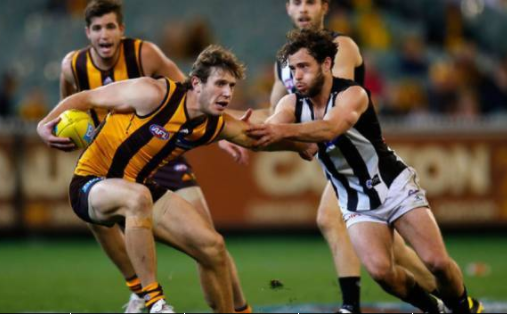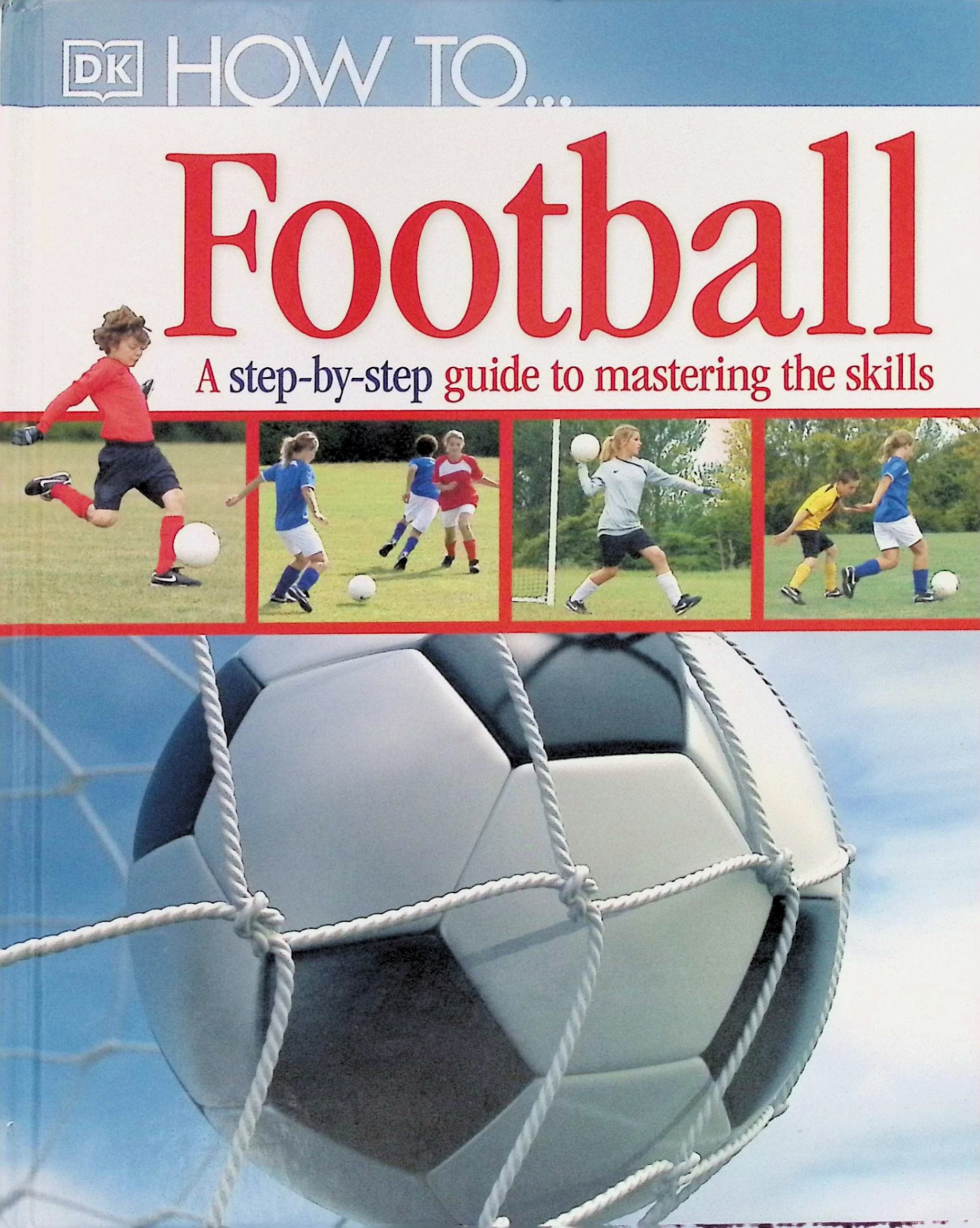Football, also known as soccer, is a sport played between two teams of eleven players each, with the objective of scoring goals by kicking a ball into the opposing team's net. The game is divided into two halves, with a halftime break, and extra time may be added for stoppages during the match.,,Each team has a goalkeeper whose primary role is to prevent the other team from scoring. The other players can use their feet, head, or chest to control and pass the ball, but they cannot touch it with their hands except for the goalkeeper within the penalty area.,,The rules of football are designed to ensure fair play, including the offside rule, which states that a player is offside if they are in the opposing team's half of the field and closer to the goal line than both the ball and the second-to-last defender.,,Fouls are penalized with free kicks or penalty kicks, depending on the severity and location of the offense. A direct free kick can be taken directly into the goal without having to touch another player, while a penalty kick is awarded for a foul within the penalty area and is taken from the penalty spot with only the goalkeeper defending.,,The team with the most goals at the end of the match is declared the winner. If the score is tied, the game may end in a draw, or in some competitions, extra time and penalty shootouts may be used to determine the winner.
Introduction
Football, also known as soccer in some parts of the world, is a widely popular sport with a rich history and a set of rules that govern the game. The International Football Association Board (IFAB) is the governing body responsible for the Laws of the Game, which are the official rules of football. This article provides a comprehensive overview of the key rules of football, including the field of play, equipment, players, referees, and the various aspects of play.
The Field of Play
The football field is rectangular with two long sides and two short sides. The longer sides are called touchlines, and the shorter ones are the goal lines. At the center of the field is the center circle, which is 9.15 meters (10 yards) in diameter. The penalty area, which is where the goalkeeper is allowed to handle the ball, is a rectangle 18 meters (20 yards) wide and 16.5 meters (18 yards) deep, extending from the goal line. The penalty spot is 11 meters (12 yards) from the goal line, and the penalty arc is a semi-circle with a radius of 9.15 meters (10 yards) centered on the penalty spot.
Equipment
Players must wear a jersey, shorts, socks, shin guards, and footwear (usually cleats). The goalkeeper's jersey must be a different color from that of the other players and the referees. The ball, which is typically made of leather or another suitable material, must be spherical and meet the specifications set by IFAB. The size of the ball depends on the age group of the players, with size 5 being the standard for adult matches.
Players
A match is played between two teams, each consisting of a maximum of 11 players, one of whom is the goalkeeper. The goalkeeper is the only player allowed to handle the ball within the penalty area, provided it has not been deliberately kicked to them by a teammate. Substitutions are allowed, and the number of substitutions is determined by the competition rules.
Referees
The match is controlled by a referee, who is assisted by two linesmen or assistant referees. The referee's decisions are final and binding during the game. The referee is responsible for enforcing the rules, including the start and restart of play, and ensuring the safety of the players.
Start and Restart of Play
The game is started with a kick-off from the center circle. After a goal is scored, the game is restarted with a kick-off by the team that conceded the goal. The ball must be kicked forward and can be touched by any player from the team that kicks off.
Restarts after a Stoppage
After a stoppage in play, such as for an injury or a foul, the game is restarted according to the nature of the stoppage. Common restarts include:
- Dropped ball: If the ball goes out of play due to a fair catch or a player is injured and unable to continue, the referee may drop the ball for play to resume.
- Free kick: For minor fouls, the game is restarted with a free kick taken from the spot where the infringement occurred. There are direct and indirect free kicks, with the latter requiring the ball to be touched by another player before it can enter the goal.
- Penalty kick: If a serious foul occurs within the penalty area, a penalty kick is awarded, which is taken from the penalty spot with only the goalkeeper and the penalty taker on the field of play.
- Corner kick: If the ball goes out of play over the goal line and was last touched by a player from the defending team, a corner kick is awarded to the attacking team.
Duration of the Match
A match consists of two halves, each lasting 45 minutes, with a half-time interval of not more than 15 minutes. The referee may add stoppage time at the end of each half to compensate for time lost during the match.
Offside
A player is in an offside position if they are in the opponent's half of the field and closer to the goal line than both the ball and the second-last defender (usually the goalkeeper is the last defender). A player in an offside position is only penalized if they touch the ball while in that position or interfere with play.
Fouls and Misconduct
A foul occurs when a player commits an offense that is punishable by a free kick or penalty kick. Examples of fouls include kicking, tripping, jumping at, pushing, holding, or spitting at an opponent. Serious foul play, violent conduct, or any other serious offense may result in a player being sent off with a red card, meaning they must leave the field and cannot be replaced.



 京公网安备11000000000001号
京公网安备11000000000001号 京ICP备11000001号
京ICP备11000001号